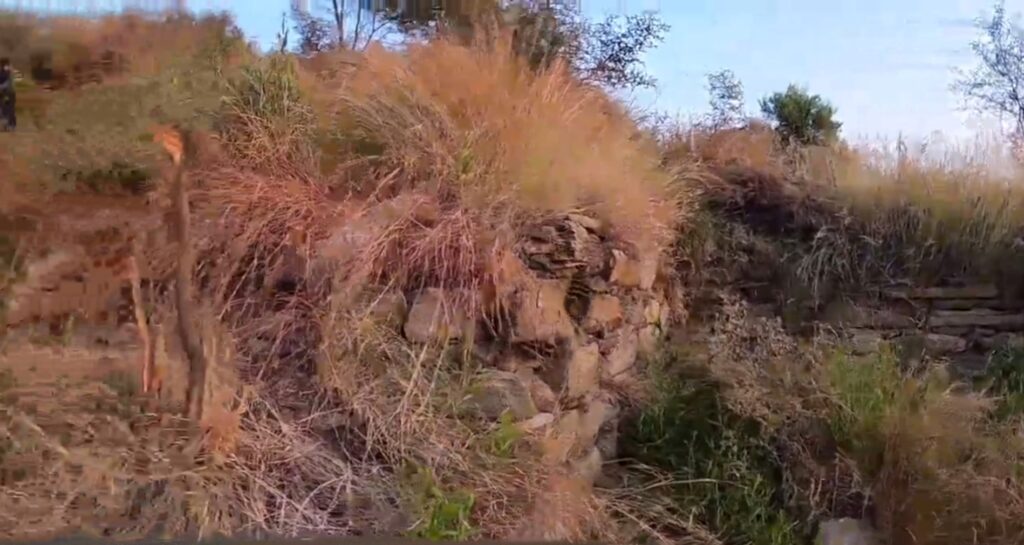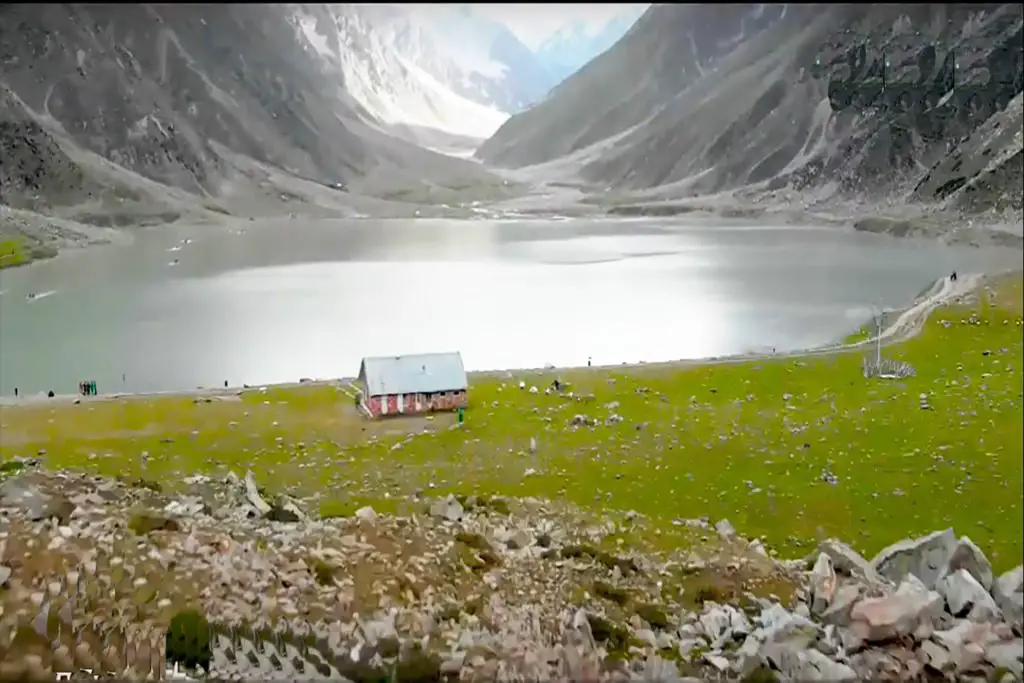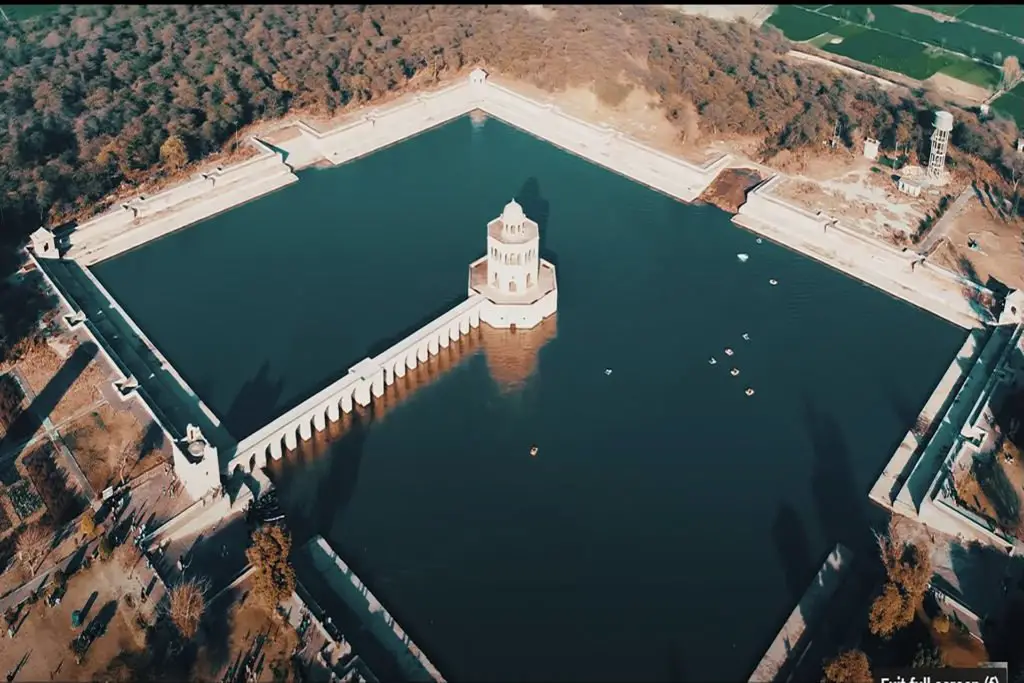Seri Bahlol is an archaeological site located in the Mardan district of Khyber Pakhtunkhwa province in Pakistan. It is also known as Sahr-i Bahlol or Sahri Bahlol and is a significant historical site that dates back to the Gandhara Civilization.
Seri Bahlol Location
The site is situated on the bank of the Swat River, approximately 7 kilometers away from Mardan. It was discovered in the early 20th century during the British colonial period, and since then, numerous excavations have been conducted at the site to uncover its history and significance.
Sahri Bahlol History
The site is named after a Sufi saint, Bahlol, who is believed to have lived in the area during the 9th century AD. However, the archaeological remains at Sahri Bahlol date back much further, with evidence of human habitation stretching back to the early Bronze Age (around 3000 BC).
Excavations at Sahri Bahlol began in the early 1960s, led by the archaeologist Sir Mortimer Wheeler. The site covers an area of around 20 hectares and is situated on a small hill. It is surrounded by a number of other important archaeological sites, including Takht-i-Bahi and Jamal Garhi.
Seri Bahlol was an important center of Buddhism during the Gandhara Civilization. The archaeological remains found at the site include stupas, monasteries, and other Buddhist structures. The most prominent structure at the site is a large stupa, which is believed to have been built in the 2nd century BCE.
Sahrai Bahlol Stupa Structure
The stupa is a circular structure that measures around 45 meters in diameter and is surrounded by a large courtyard. The walls of the stupa are adorned with intricate carvings and sculptures depicting various scenes from the life of Buddha and other Buddhist figures.
In addition to the stupa, several other Buddhist structures have been uncovered at the site, including monasteries, prayer halls, and other religious buildings. The remains of a large monastery have been found at the site, which is believed to have housed hundreds of monks.
Features of Seri Bahlol
One of the most striking features of Sahri Bahlol is the large number of stone circles and megaliths that have been found at the site. These structures, which date back to the Bronze Age, are thought to have been used for various purposes, including religious rituals and burials.
One of the most interesting finds at the Sahri Bahlol site is a series of inscriptions that have been discovered on the walls of the stupa and other structures. These inscriptions are written in the ancient Gandhari language and provide valuable insights into the religious and cultural practices of the Gandhara Civilization.
Other notable discoveries at the site include a number of terracotta figurines and pottery, as well as evidence of ironworking and other crafts. The remains of several buildings have also been found, including what is believed to have been a Buddhist monastery dating back to the 2nd century BC.
Sahri Bahlol is considered to be an important center of early civilization in the region, and it has provided valuable insights into the early history of the Indian subcontinent. The site is particularly important for researchers studying the development of early religions, including Buddhism and Hinduism.
The inscriptions also provide information about the people who built and maintained the structures at the site. It is believed that the site was built and maintained by the Kushan Empire, which ruled over the region during the 1st and 2nd centuries CE.
Today, Sahri Bahlol is a popular tourist destination and attracts visitors from all over the world who are interested in the history and culture of the Gandhara Civilization. The site is also an important archaeological site and is protected by the Pakistani government.
Despite its importance, Sahri Bahlol remains relatively unknown outside of academic circles. There is a need for greater awareness and recognition of the site, both within Pakistan and internationally, in order to ensure its preservation and to facilitate further research and exploration.
Sahri Bahlol is an important historical site that provides valuable insights into the religious and cultural practices of the Gandhara Civilization. The site’s unique structures and inscriptions make it an important destination for tourists and archaeologists alike, and it continues to attract visitors from all over the world who are interested in learning more about the rich history of this region.
In conclusion, Sahri Bahlol is a fascinating archaeological site that offers valuable insights into the early history of the Indian subcontinent. Its stone circles and megaliths, as well as the remains of buildings and crafts, provide a window into the lives and beliefs of ancient people who lived in the area over thousands of years ago. It is a treasure trove for historians and archaeologists, and its importance should be recognized and preserved for future generations.







